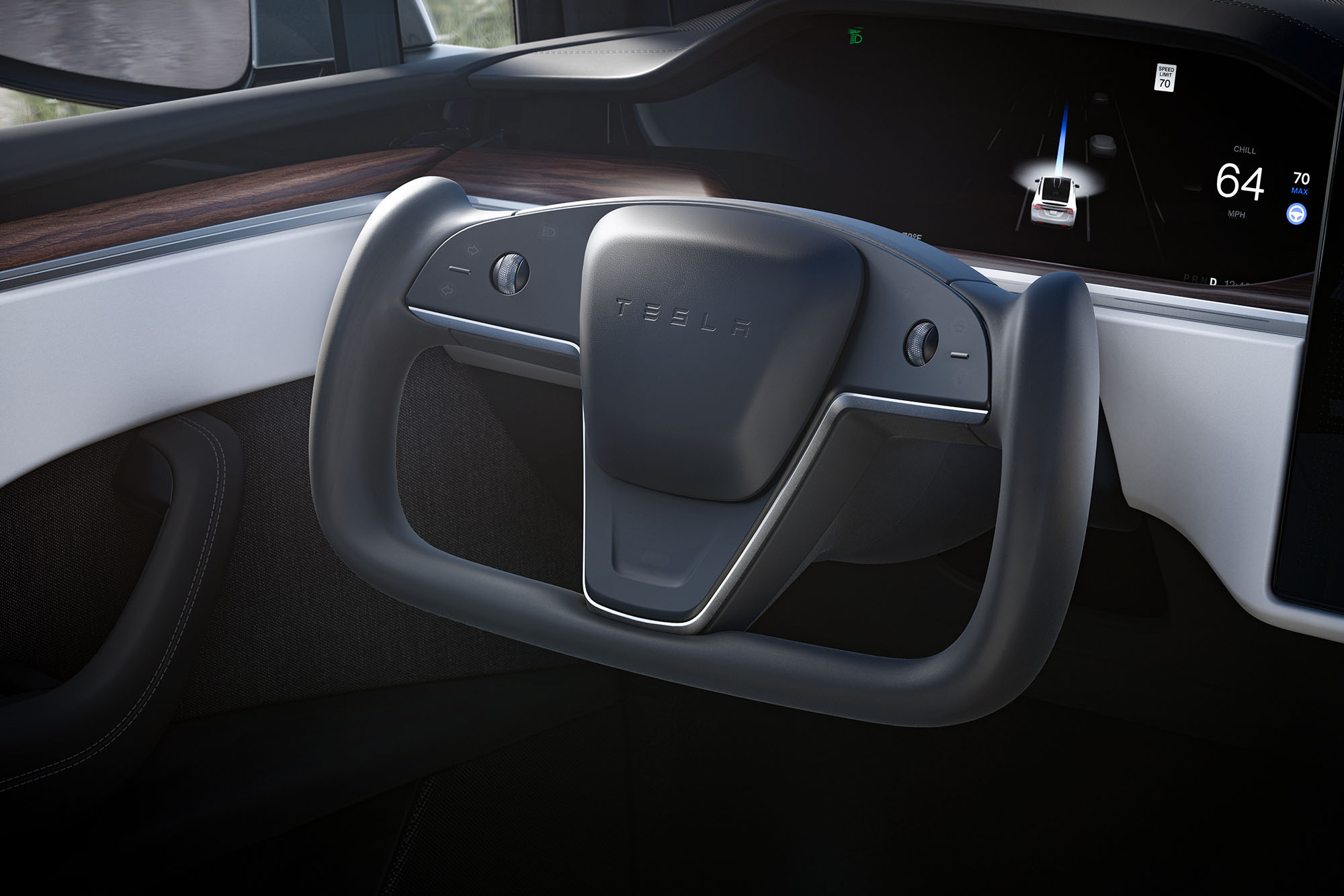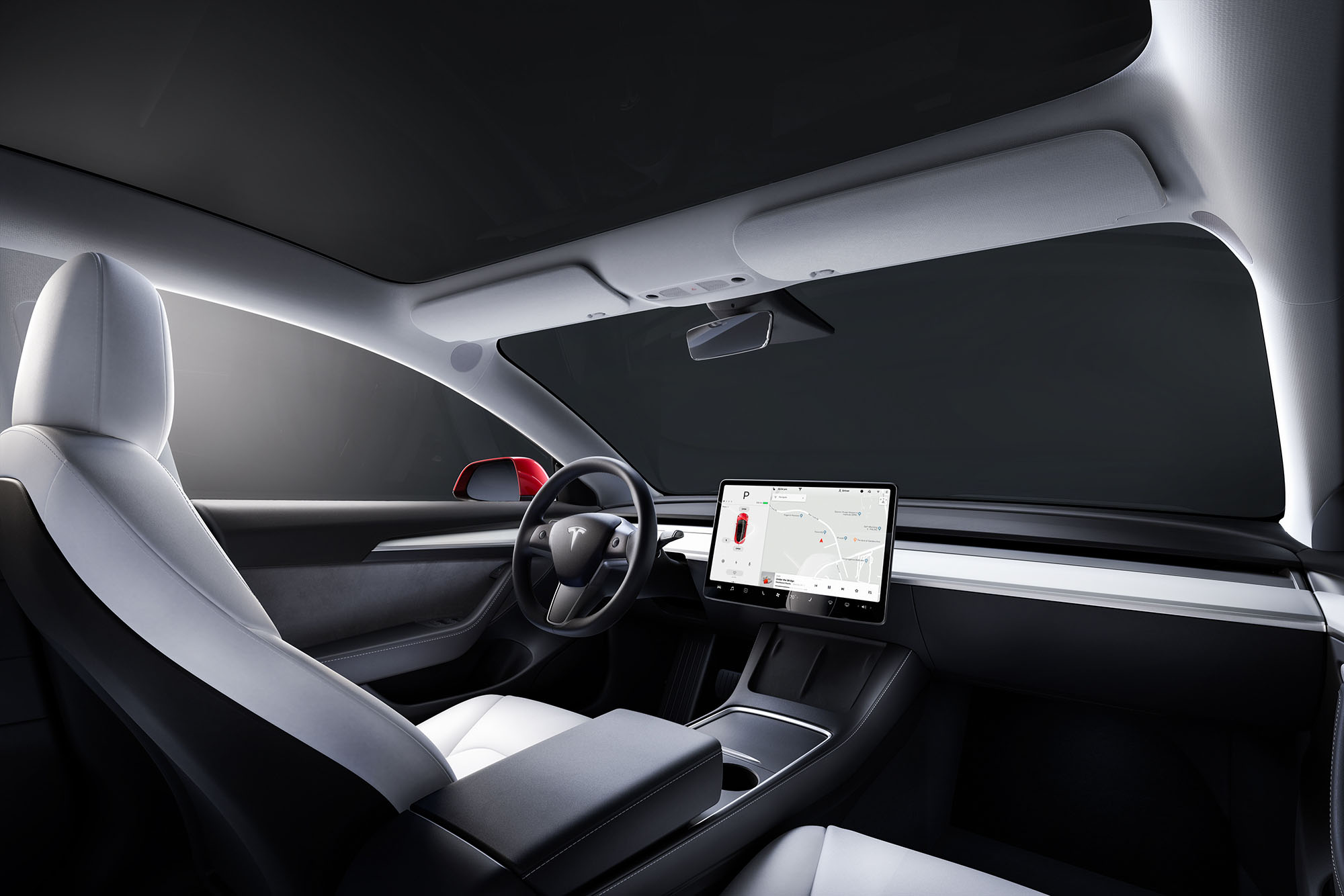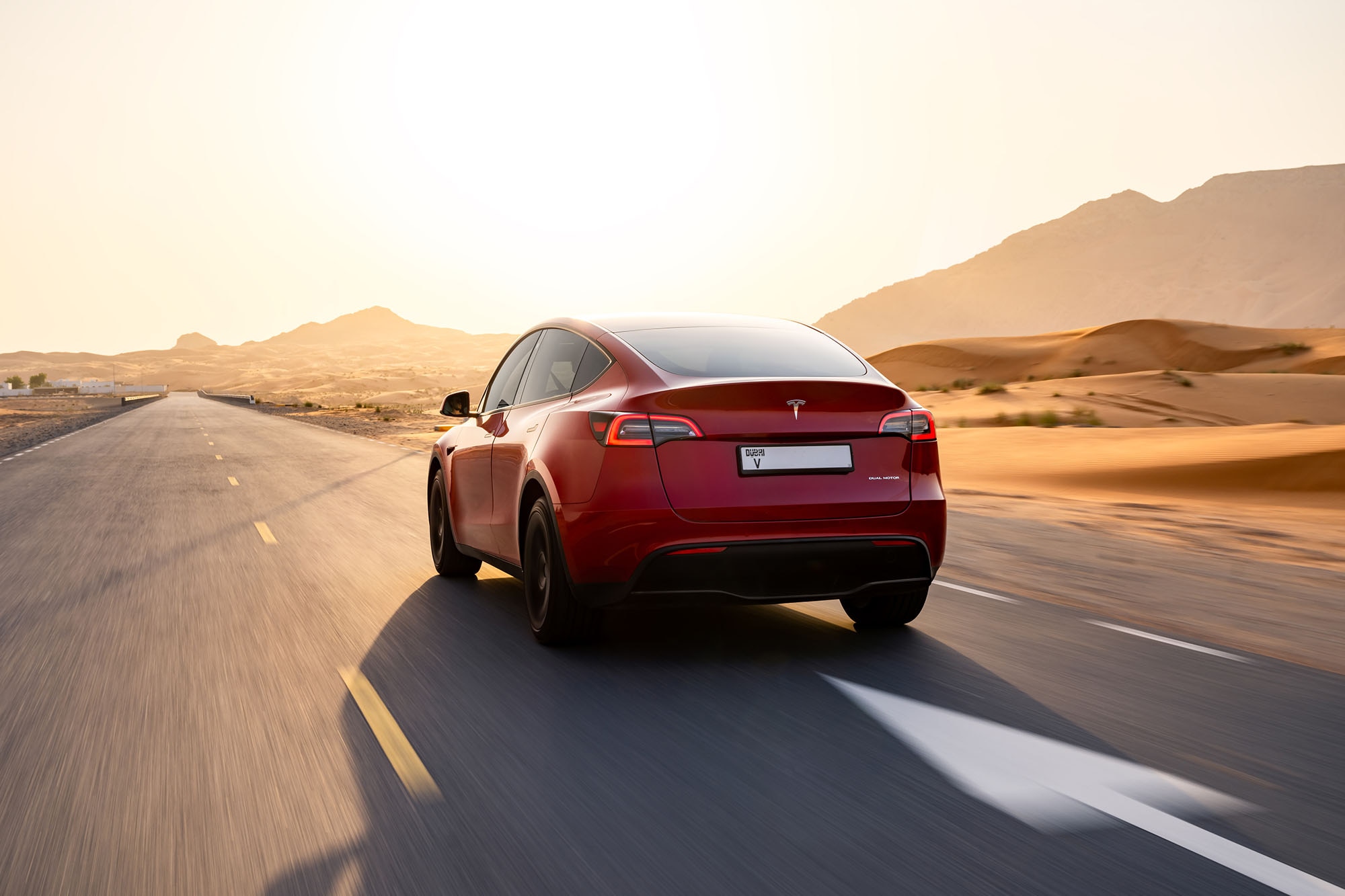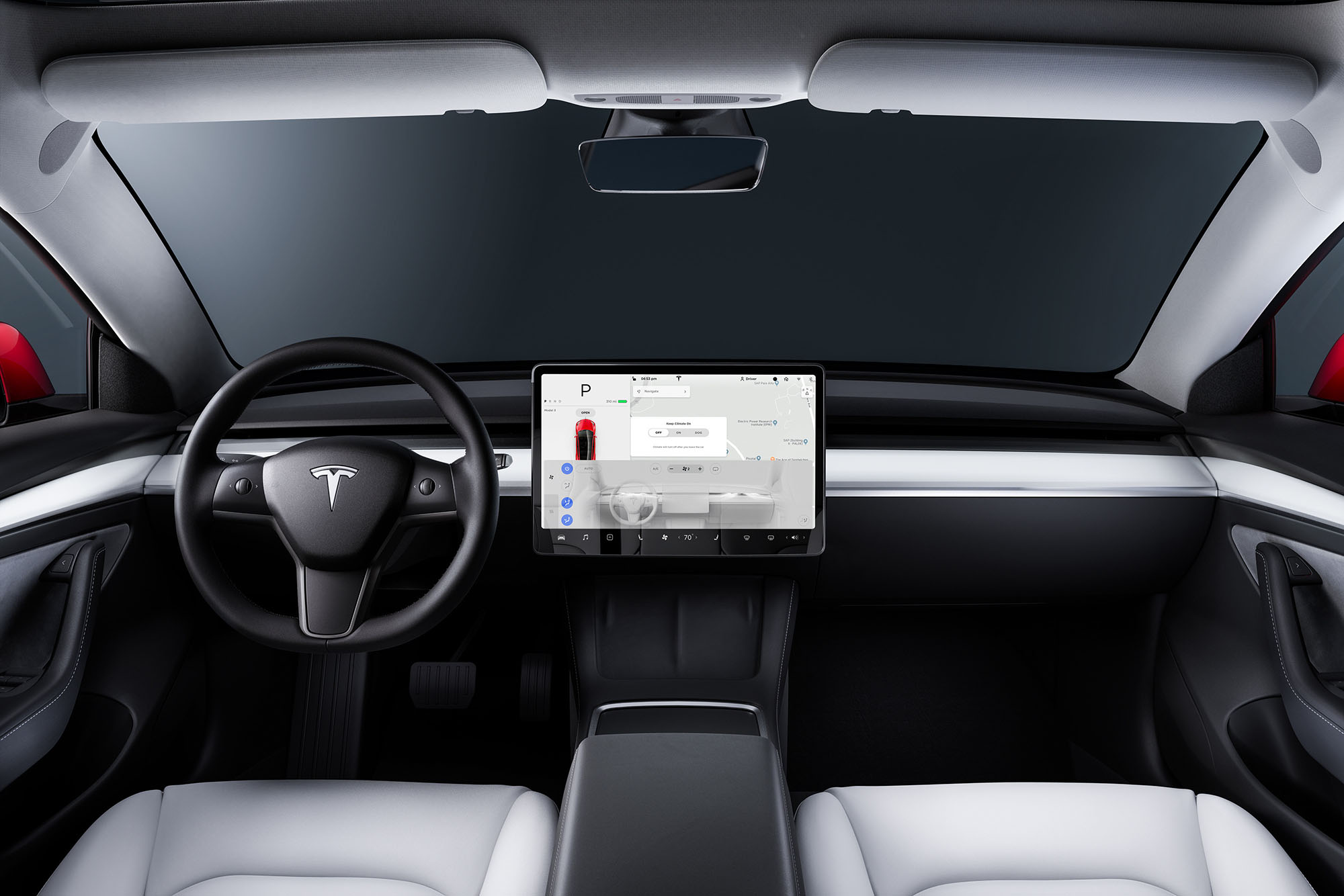How to Use Tesla's Autopilot
Advanced hands-free driving comes standard with new models.
 Tesla
Tesla
Car companies have been touting the idea of self-driving cars for years. They've unveiled futuristic concepts at auto shows reminiscent of living rooms on wheels that drive you where you want to go while you lounge in the back. A functional self-driving living room, however, is at least a few years away. For now, one of the most advanced hands-free driving systems is Tesla's Autopilot.
 Tesla
Tesla
Autopilot Is Standard With New Teslas
As of publication, every new Tesla comes standard with the carmaker's Autopilot system, from the base-level Model 3 to the new Cybertruck. Older models that didn't come with Autopilot can sometimes be retrofitted for certain versions, depending on the age of the vehicle. The system comes in three levels: Autopilot, Enhanced Autopilot, and Full Self-Driving Capability.
While the names imply that Tesla vehicles can operate fully autonomously, the company points out that these systems require the driver to remain engaged in vehicle operation, ready to take over immediately if necessary.
 Tesla
Tesla
Three Levels of Assistance Are Available
The base-level Autopilot operates similarly to a typical adaptive cruise control system. Once the driver sets the desired speed, the system will maintain that speed and can automatically slow to match the pace of a vehicle ahead. Steering assistance is also provided, helping to keep the car within the lane markers — assuming those lane markers are clearly indicated.
Enhanced Autopilot adds navigation functionality. When a route is programmed into the vehicle's navigation system, Tesla's Autopilot will automatically change lanes to go around slower vehicles. It can take exit ramps to stay on the planned route, even following an interchange from one freeway to another.
This system also includes advanced parking assistance, with the ability to parallel or perpendicular park on its own. There's also the Smart Summon feature, which will pull the car out of a parking space and navigate a relatively complex area to find you even when you're not in the vehicle.
The top-level Full Self-Driving Capability enables the vehicle to navigate city streets with minimal driver input. This includes Autosteer, which has the ability to recognize traffic signs and lights, slow to a stop, and then continue to move forward, depending on the situation.
While the term full self-driving sounds like autonomous driving, Tesla clarifies that even this advanced system requires the driver to be engaged and paying attention to the road.
 Tesla
Tesla
Activating Autopilot Varies Among Models
The motions to turn on Autopilot are slightly different in various Tesla models. Some Teslas use the cruise control stalk to activate the system, while others require pulls on the gear selector stalk.
For models equipped with Enhanced Autopilot, the driver enables Autosteer by pulling twice on the cruise control or gear stalk, depending on the model. A blue steering wheel icon appears in the gauge cluster or central screen when Autosteer is engaged.
Full Self-Driving Capability requires activating Tesla's Traffic Light and Stop Sign Control, a feature still in beta testing. This system is activated by putting the vehicle in park, going to the Controls menu, going to Autopilot, and from there to Traffic Light and Stop Sign Control.
Written by humans.
Edited by humans.
 Perry Stern
Perry SternI have loved cars and trucks since childhood, and that fascination with anything that drives is just as strong today. As a teenager, I knew I wanted to become an automotive journalist, and during the past three decades, I have driven, written about, and photographed all manner of automobiles ranging from affordable econocars to exotic supercars. With the idea that there is a perfect car, truck, or SUV for everyone, my goal is to help consumers determine the right one for their wants and needs.
Related articles
View more related articles